A promising farmed species of Basha fish
Basha is an important freshwater aquaculture species in Southeast Asian countries. It belongs to the catfish order, and the mango catfish (Paugusiushamiltoa) of the genus Silurus is a scaleless fish. Is a unique high-quality economic fish in the Mekong River basin, Vietnam transliterated as "CABaSa", meaning "three fatty fish", because the fish in the growth process, the abdominal cavity accumulated three larger pieces of oil, accounting for about 58% of the body weight.
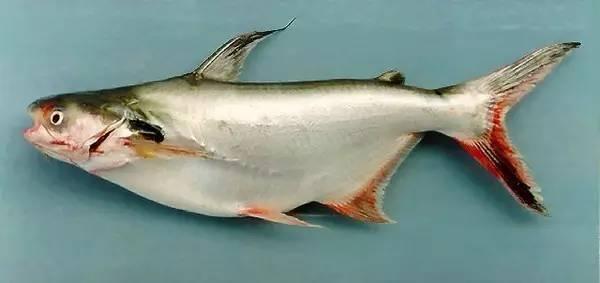
Basha fish is the largest variety of processed and exported aquatic products in Vietnam. The fish has the characteristics of low cost, high yield, white and tender meat, delicious taste and rich nutrition, among which the most prominent advantage is that there is no intermuscular thorn after processing, so it is a very suitable white meat commercial fish for processing and export.

The beautiful scenery of Vietnam
Basha fish is a species of freshwater fish endemic to Vietnam. They like the steady water temperature throughout the four seasons. The local temperature in Vietnam is kept at 20 to 35 degrees Celsius all the year round. The Mekong River Basin has become an excellent place for them to breed and grow. A Basa fish farming base with 14 ponds can produce an average of 4200 tons per year. The growth process of a Basha fish from fry to juvenile, small and big fish takes about 8 months. After growing up, there is only one main bone and no small thorns. But these seemingly fast-growing fish are picky about water quality. Aquaculture workers with celery fish say they must be raised in open ponds and have to change water every day.
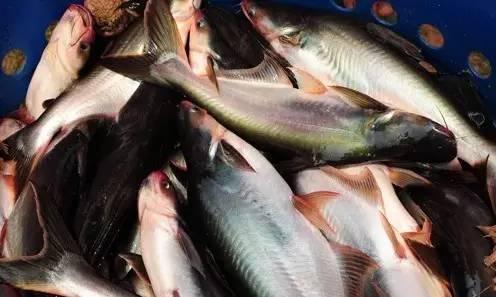
Vietnamese Basha fish
In recent years, the export of Basha fish has swept the world and is considered to be the most likely to replace tilapia as the dominant fish in the world.
The rise of Basha fish in Vietnam stems from the "catfish strategy" of the Vietnamese government. The "catfish strategy" is an export strategic plan for Vietnam to list Basa (commonly known as Basha) and Tra (commonly known as Hawthorn) as the country's main export aquatic products.
Basha fish is considered to be the most likely to replace tilapia as the dominant fish in the world. After the introduction of tilapia in China, some people thought of developing it into an alternative species for domestic tilapia culture, but this idea has now been hit by reality.
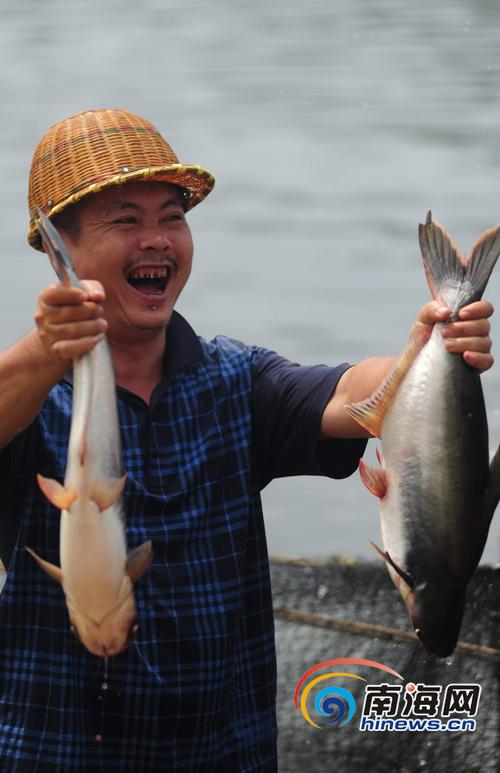
Basha, an alternative species of tilapia, was successfully cultured in Qionghai, and farmers were happy to see the fat fish. (photo by Nanhai net user Meng Zhongde)
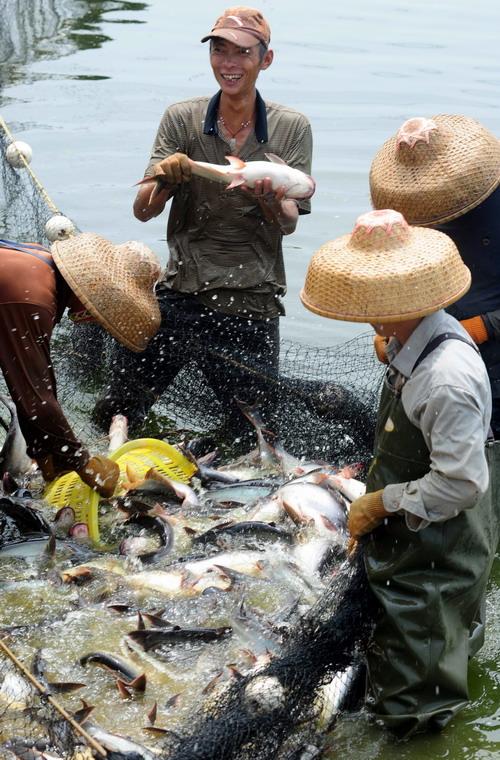
After nine months of breeding, the yield of Basha fish per mu has reached 4500 kg, and is now being caught and listed one after another (photo by Nanhai net netizen Meng Zhongde)
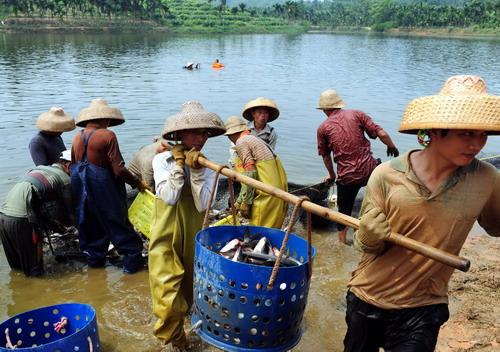
After nine months of breeding, the yield of Basha fish per mu has reached 4500 kg, and is now being caught and listed one after another (photo by Nanhai net netizen Meng Zhongde)
Vietnam's local aquaculture is very developed, and from breeding, breeding, processing, warehousing and other processes are very high standards to control the quality and safety of products. Most of the fresh and tender meat without small thorns are exported to Europe and the United States. As we all know, most European and American countries love marine fish and seldom eat freshwater fish, on the one hand, because freshwater fish itself has a fishy smell, and on the other hand, freshwater fish are spiny, so they are not suitable for production and consumption. In that case, the emergence of Vietnamese Basha fish caught their eyes. In the course of the investigation, the Bubugao joint procurement team found that although the Basha fish said that the freshwater fish had no fishy smell, it could be divided into three grades according to the color of the fish. The first-grade Basha fish had the best meat quality, followed by the pink meat, and finally it could only be yellow meat.
Join hands with the three major aquatic companies in Vietnam to set up a direct mining base for Basha fish.
From the original fish fry cultivation, to meticulous feeding management, and then to the production technology of nine bus salmon, from the southernmost city of celery to the northernmost city of Ho Chi Minh City, Bubugao and the fresh purchasing team inspected the most representative local Basha fish farming base, and cooperated with celery, Dacheng, Xiongwang and other three largest local aquatic companies to set up a direct mining base for Basha fish in Vietnam.
Workers are screening qualified Basha fish.
The process of slaughtering, cleaning, eviscerating, headless and peeling of Basha fish is very exquisite, and there is no peculiar smell. Some Basha fish will eventually be divided into pieces or the whole fish will be rapidly frozen to maintain freshness, while others are similar to fried after powder wrapping. The way of vacuum compression packaging and fresh-keeping is very suitable for Chinese consumers to process and produce after purchase.
Basha fish aseptic operation workshop
Vietnamese people like sweet and sour diet, less oil, so the practice of basa fish often add spices to make soup, while Europeans and Americans like frying to ensure the taste of basa fish. For the Basha products, the joint purchasing team decided to use the best white fleshy salmon for single-piece packaging and transportation to China. "it's an old-fashioned advertising slogan. We don't produce fish. We're just porters of these delicious and healthy fish. If they don't want to swim, we fly planes and ships to send them there," says Xu Fei jokingly.
Basha fish is actually a kind of catfish. Data show that catfish is the fastest growing farmed fish in the world. Global aquaculture production increased from only 15000 tons in 1995 to 1.4 million tons in 2008 and is expected to be close to 1.8 million tons in 2010. 90% of the farmed production comes from Vietnam. It has been predicted that the global production of catfish will surpass tilapia in five years to become the first farmed white meat fish in the world.
One of the "catfish strategy" species in Vietnam
Wang Xingcan, general manager of Haichuan Aquatic Feed in Ningbo, has worked in Vietnam and knows a lot about local Basha fish farming. According to him, Basha fish culture is mainly concentrated in the Mekong Delta, the pond depth is 4-5 meters, using pure feeding intensive culture model, more than 8 taels on the market, can be raised twice a year. The general listing specification is 0.8-1.0 kg / tail. In the process of fish culture, there are few diseases, and even do not need oxygenation equipment, running water culture or daily water change 20-30%.
In terms of breeding cost, it is understood that at this stage, it is about 10000-11000 dong / jin (equivalent to 3.13.5 yuan / jin), of which the feed cost is about 2.70-2.8yuan / jin. Amazingly, in this case, the yield per mu can reach 23-27 tons / mu, compared with 1-1.5 tons / mu of tilapia.
In terms of meat yield, it also has obvious advantages compared with tilapia. It is understood that the meat yield of tilapia is generally about 33%, while that of Vietnamese catfish can reach 40%. In addition, at present, the price of raw fish of Basha fish is equivalent to RMB 3.8-3.9 yuan per jin, which is not only much lower than the level of close to 6 yuan per jin at the high price of tilapia in China, but also has an advantage over the current price of slightly more than 4 yuan per jin.
According to the data provided by Beijing Haiqiao Marketing Co., Ltd., the average price of frozen catfish fillets in Vietnam was 2.21 US dollars / kg in 2009. In the same year, the price of frozen tilapia fillets was the lowest in the world. The average price of frozen tilapia in the international market in China was 3.61 US dollars / kg, 63% higher than the former.
It can be seen that, compared with tilapia, Vietnamese catfish has more obvious advantages in breeding difficulty, yield and international market price.
At many breeding and processing plants in the Mekong Delta, the fish prices sent by farmers to the factories are 20000-23000 Vietnamese dong (about 6-7 yuan) per kilogram. Most of them are ponds, with a water depth of more than 4 meters, no aerating machine, no baiting machine, and high culture density. They can be raised for three seasons every two years, eight months per season, each weighing 1 kilogram at the time of seedling release and 1 kilogram at the beginning of catching, with an average yield of more than 25 tons per mu. One person can manage an area of 10 mu, which is so high that no fish in the world can be compared with it. And China
- Prev
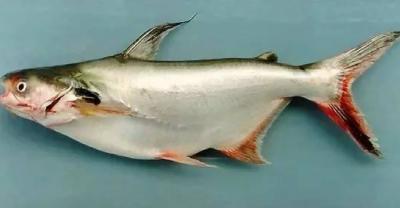
How to raise Clivia, breeding methods and pay attention to a few points
However, there are many key points to pay attention to. The following experience book will be compiled to share the breeding methods and precautions of Clivia. The leaves of this plant are opposite and can absorb air...
- Next
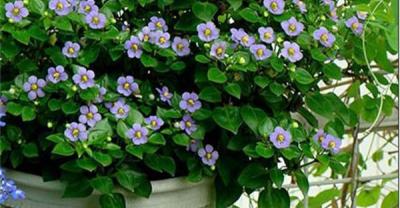
Several key points that should be paid attention to in scientific breeding of mutton sheep
Selection of good breeds China's mutton sheep breed resources are relatively rich, but the good and bad breeds are intermingled, in which there are some miscellaneous, bad, native sheep, these breeds.
Related
- On the eggshell is a badge full of pride. British Poultry Egg Market and Consumer observation
- British study: 72% of Britons are willing to buy native eggs raised by insects
- Guidelines for friendly egg production revised the increase of space in chicken sheds can not be forced to change feathers and lay eggs.
- Risk of delay in customs clearance Australia suspends lobster exports to China
- Pig semen-the Vector of virus Transmission (4)
- Pig semen-the Vector of virus Transmission (3)
- Five common causes of difficult control of classical swine fever in clinic and their countermeasures
- Foot-and-mouth disease is the most effective way to prevent it!
- PED is the number one killer of piglets and has to be guarded against in autumn and winter.
- What is "yellow fat pig"? Have you ever heard the pig collector talk about "yellow fat pig"?

